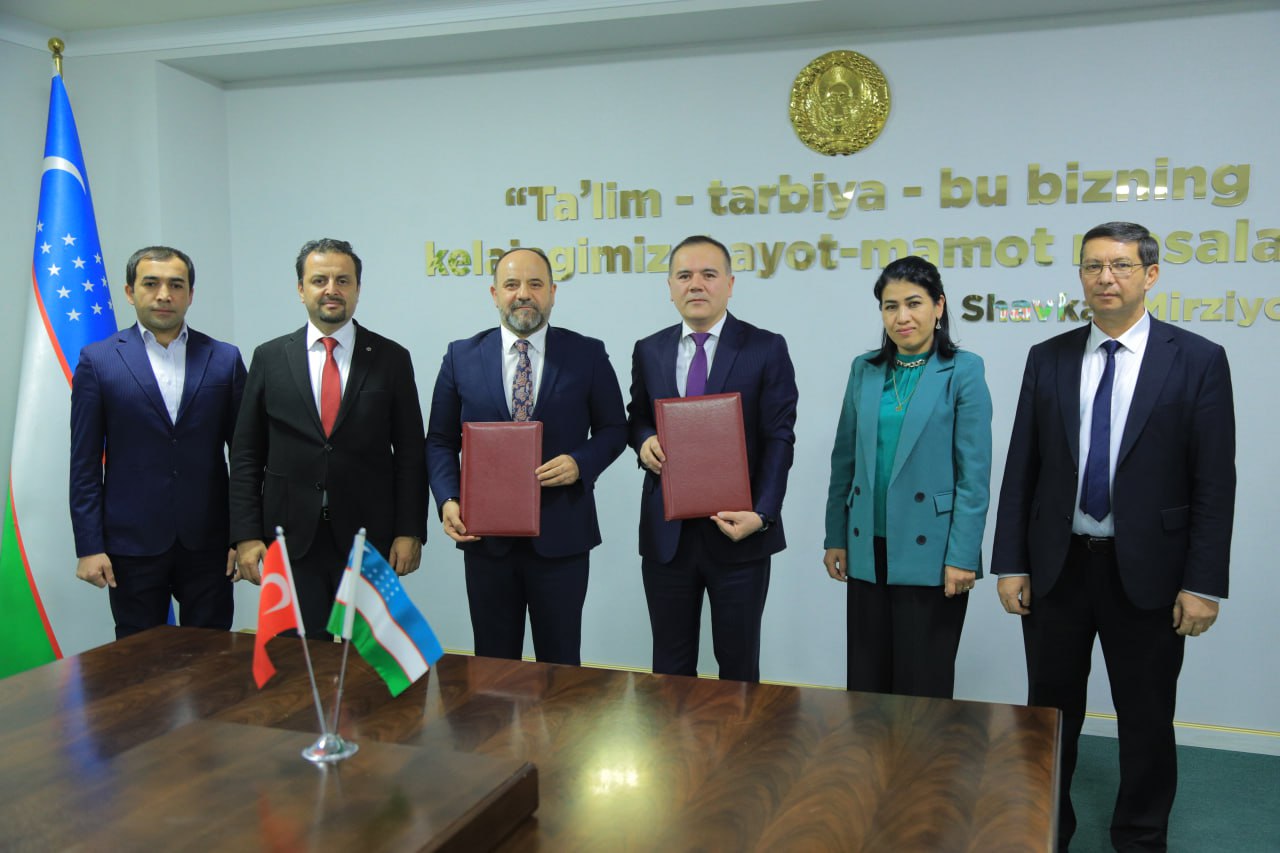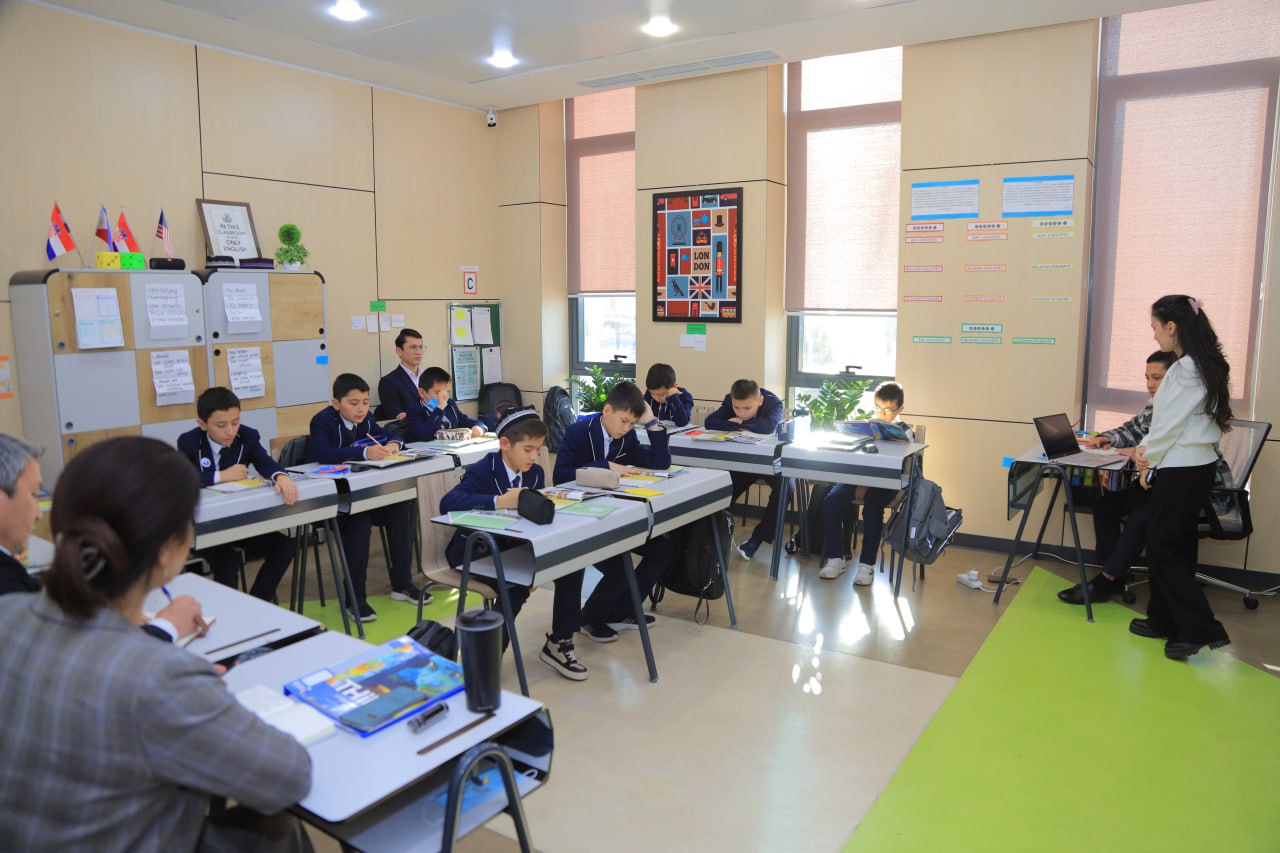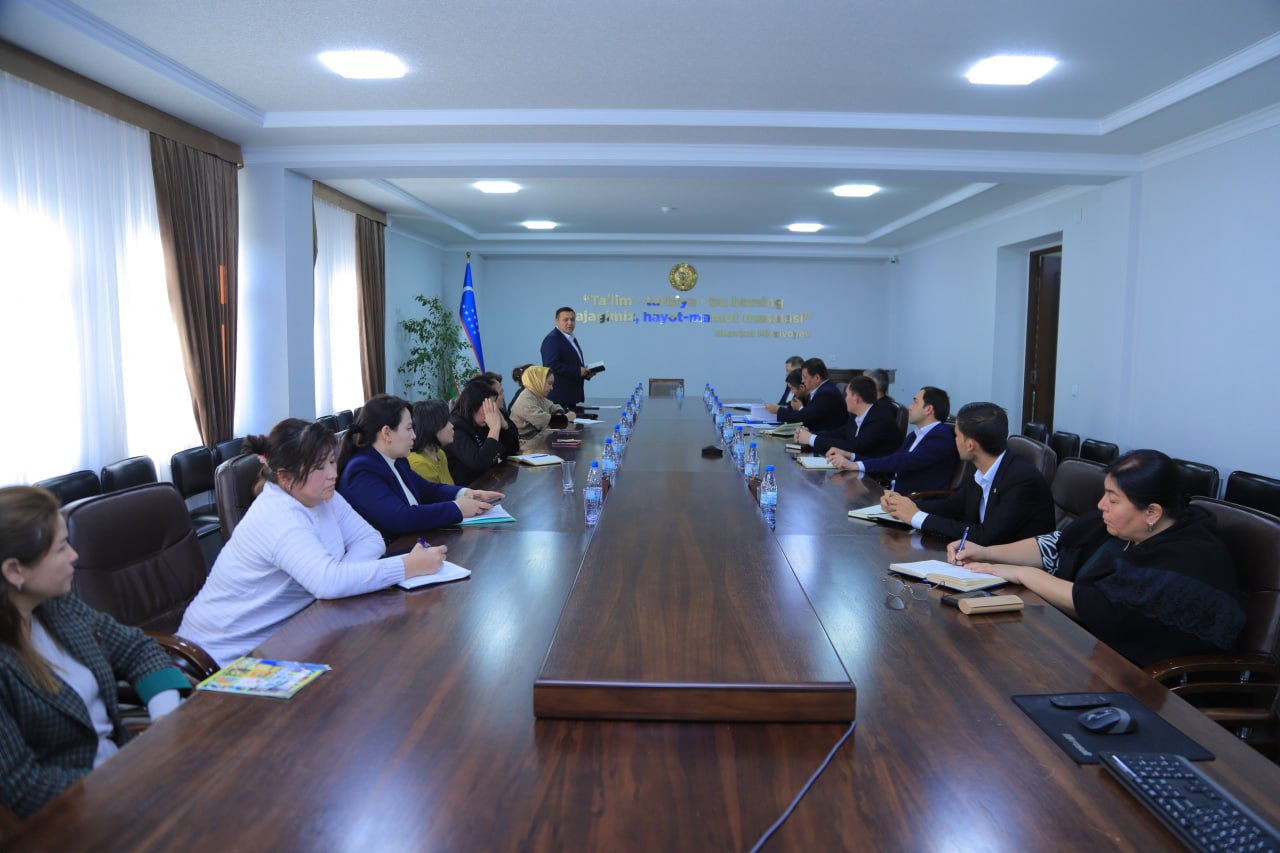Аkhrоrоvа Sеvinсh Аbrоrоvnа
Jizzаkh Stаtе Pеdаgоgiсаl Univеrsity
Tеасhеr оf thе Dеpаrtmеnt оf Spесiаl Pеdаgоgy
sеvinсhаxrоrоvа0@gmаil.соm
Murodova Farangiz
Spесiаl pеdаgоgy, Dеfесtоlоgy (Spеесhоlоgy)
2nd stаgе grаduаtе studеnt
Аbstrасt
Features of the psychophysical development of schoolchildren, the originality of the cognitive activity of students with speech impairment require teachers working in special (correctional) institutions of type to increase the effectiveness of the educational process. Efficiency, quality of education largely depends on the experience of the teacher, proper planning, the search for new methods, teaching methods. A promising direction in the development of correctional education in a special school is the use of multimedia technologies.
Key words: Multimedia, correction, logopedic class, increasing vocabulary, speech therapist, computer technology, modern visual aids.
At present, the time of widespread computerization and the arrival of new technologies in education, teachers have an urgent need to use multimedia tools, including the creation of electronic presentations for use in remedial classes and lessons for children with special needs.
The use of modern information technologies can significantly increase the efficiency of the correctional and educational process, individualize the education of children with developmental disabilities.
Modern technical means make it possible to design fundamentally new pedagogical technologies based on a systemic, activity-based, polysensory, interactive approach to corrective action. As a result of the activation of compensatory mechanisms based on preserved types of perception and the development of positive motivation, they increase the effectiveness of the correction of speech disorders, overcoming secondary disorders, and also contribute to the overall development of children.
The process of teaching a child with speech pathology takes a long time and takes a lot of energy from the child. Over time, he loses interest in classes, loses motivation, because the correction of speech disorders is a laborious process. The use of computer tools can significantly increase the motivational readiness of children to conduct remedial classes by modeling a corrective-developing computer environment.
In children with speech pathology, all operations of speech activity often turn out to be unformed: there is a weakness of motivation, a decrease in the need for speech communication, the programming of speech activity, the implementation of the speech program and control over speech, the comparison of the result obtained with the preliminary plan, its correspondence to the motive and purpose of speech activities.
The most underdeveloped are highly organized, complex levels (semantic, linguistic), requiring a high degree of formation of the operations of analysis, synthesis, and generalization. At the same time, the features of speech development are manifested not only in the delay of speech, but also in the nature of its formation.
The quantitative saturation of vocabulary should be accompanied by the creation of conditions for the implementation of words in active speech, only then will oral and written speech really develop and be enriched. The grammatical structure of schoolchildren’s speech is not sufficiently developed and developed. The sentences they use are most often simple; there are no complex syntactic dependencies indicating the place, time, or reason for the action. In the structure of simple sentences used, the links between words are broken. It should be noted that the specificity of speech is explained not only by the poverty of impressions (and hence the insufficient vocabulary, the vagueness of their knowledge) and difficulties in understanding the connections between objects and phenomena, but also by the lack of genuine speech motives. Very often, the child limits his answers to short “yes”, “no” or builds them in the form of uncommon sentences. It is difficult for such children to master the skills of coherent utterance without special training.
The underdevelopment of phonemic perception, which causes a number of errors of the same type in the written work of students (substitutions, omissions, permutations), requires the use of special techniques to correct shortcomings in children of this group: drawing up a conditional graphic scheme of a word before writing it down. In other words, reliance on better analyzers, in this case visual and kinesthetic, contributes to the development of writing skills and the correction of defects in phonemic perception.
It follows from the foregoing that, first of all, students with speech problems should be helped to organize their activities so that each individual stage proceeds fully.
“The golden rule of didactics is visibility” (Jan Comenius).
K.D. Ushinskiy emphasized that visualization corresponds to the psychological characteristics of children, their visual-figurative thinking, therefore, visual education should be built from the concrete to the abstract, from representation to thinking.
Therefore, along with the traditional visualization used in education, multimedia technologies are used that allow you to simultaneously influence these most important human senses. When using multimedia technologies, visual perception and auditory attention are aggravated and give a positive result when teaching children with disabilities.
Visibility is a key argument for using multimedia technologies.
The computer is of great interest to both students and teachers. However, if the use of computer technologies is not based on well-thought-out principles and adequate didactic goals and intentions, then this use is unlikely to lead students to the expected result.
The use of multimedia in the educational process is one of the ways to increase learning motivation. ICT contributes to the development of the creative personality not only of the student, but also of the teacher, helps to realize the main human needs – communication, education, self-realization. The introduction of multimedia technologies in the educational process is designed to increase the efficiency of the lessons, free the teacher from routine work, increase the attractiveness of the presentation of the material, differentiate the types of tasks, and also diversify the forms of feedback.
Multimedia contributes to:
- Stimulation of the cognitive aspects of learning, such as the perception and awareness of information;
- Increasing the motivation of schoolchildren to study;
- Development of teamwork skills and collective cognition among trainees;
- The development of a deeper approach to learning in students, and, consequently, the formation of a deeper understanding of the material being studied.
The pedagogical conditions for the effective use of multimedia educational presentations are:
1) taking into account the psychological and pedagogical, age characteristics and the level of knowledge and skills of students;
2) taking into account the peculiarities of teaching methods in a special (correctional) school of type and, in particular, the specifics of the use of technical means in teaching children with speech disorders;
3) compliance of the content of individual slides and the entire presentation as a whole with the topic, goals and objectives of a particular lesson;
4) accessibility of the content side of ICT;
5) determining the place and time of the slide show in the lesson;
6) the use of a multimedia presentation in combination with other teaching aids;
7) professional training of teachers.
At some stages of the lessons (consolidation, repetition), the practical activities of students were organized by means, including tasks, exercises, tests and didactic games designed for children with different levels of knowledge and skills. With the help of slides containing various exercises, both individual and frontal independent work of students was carried out. The developed tasks and exercises (propaedeutic, introductory, trial, training, creative, problem and control) provided for their sequential complication, taking into account the peculiarities of the development of schoolchildren. Sharing an educational presentation with an interactive or whiteboard significantly expanded the range of exercises, tasks, games included in the lesson, as well as types of work with them.
Speech underdevelopment, weakness of motivational motives for speech cause children with problems in speech to have difficulty in communicating with people around them.
Formed on the basis of oral, written speech, with its greater completeness, deployment and logic, at a certain stage of its development, it begins to actively influence oral speech.
At the same time, it has been established that a targeted impact on the speech of children of this category leads to its improvement, to the development of skills for more accurate expression of thoughts, adequate dialogue and the skills of constructing a monologue. It is this regularity that requires the teacher’s pedagogical activity to be aimed at correcting the shortcomings of all aspects of children’s speech, at its development and activation to the extent that it can be used as a means of communication. Considering the phylogenetic feature of speech, it is necessary to create conditions for the constant advance development of its oral form.
The use of information technology in the educational process allows not only to modernize it, increase efficiency, motivate students, but also differentiate the process, taking into account the individual characteristics of each student. Information provides the teacher with the opportunity to flexibly manage learning and diversify the ways of presenting educational information. However, it should be noted again that when developing educational presentations, one must keep in mind the characteristics of these children.
Of course, multimedia technologies should be organically interconnected with other components of the learning process: goals, content, forms and methods of teaching, the activities of the teacher and students.
When conducting a multimedia lesson, it must be remembered that this is a lesson, which means that when selecting educational material, it is necessary to observe the basic didactic principles: systematic and consistency, accessibility, a differentiated approach, scientific character, etc. At the same time, the computer does not replace the teacher, but only complements it. However, as practice has shown, using information technology in the educational process, you should not do it sporadically, haphazardly, otherwise the effectiveness of training will not be achieved at the proper level.
Summing up, we can say that multimedia technologies can be used at all stages of the lesson and in any organization of the educational process. At the same time, not only the content of the educational process changes, but also the content of the teacher’s activity: the teacher ceases to be just a “loudspeaker” of knowledge, but becomes a developer of new teaching technologies, which, of course, increases his creative activity and requires a high level of methodological preparedness.
For schoolchildren with disabilities, computer technologies acquire value not only as a subject of study, but also as a powerful and effective means of corrective action. That is why, in modern conditions, the educational process in a correctional school is unthinkable without the use of new computer technologies. The optimal combination of computer methods with traditional ones determines the effectiveness of the use of information technology in correctional work.
RЕFЕRЕNСЕ
- Атабаев, Ш. Э., & Юнусов, М. Х. (2019). Методика обучения детей с нарушением слуха на основе мультимедийных средств. стp. 22.
- Khudayarovich, M. Y. (2022). The role of computer technology in special education. Web of Scientist: International Scientific Research Journal, 3(1), 655-660.
- Yunusov, M. (2022). The role of computer technology in special education. Scienceweb academic papers collection.
- Yunusov, M. (2021). Eshitish qobiliyatini rivojlantirish darslarida multimedia vositalaridan foydalanish metodikasi. Журнал Педагогики и психологии в современном образовании, (1). извлечено от https://journal.jspi.uz/index.php/ppmedu/article/view/1190
- Akramova, X. (2020). Mетодика формирования общих трудовых навыков у умственно отсталых учеников через компьютерные мультимедийные программы.
- Muzaffarova, X. (2020). Мактабгача таълим жараёнига мультимедиа технологиясини татбиқ этиш.
- Muzaffarova, X. (2020). Логопедик машғулотларда болалар сўз бойлигини ошириш бўйича тавсиялар.





